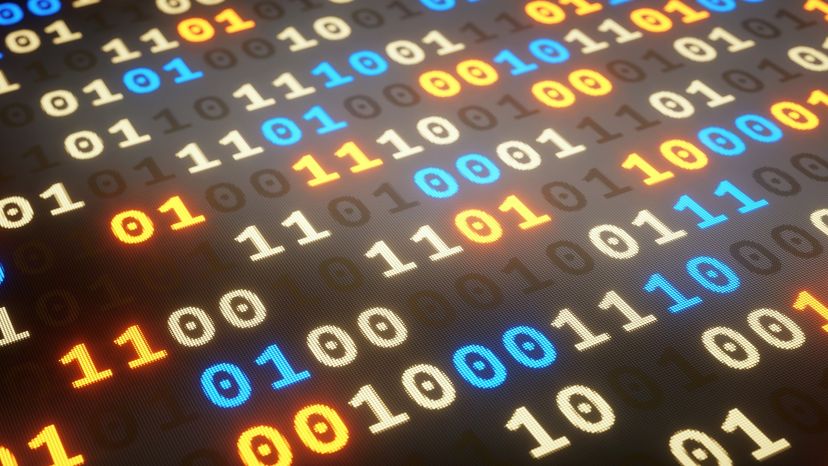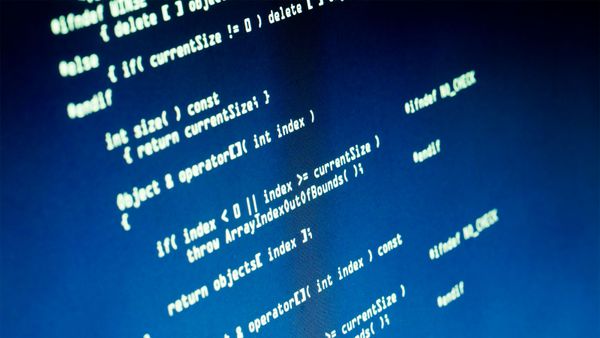
If you have used a computer for more than five minutes, then you have heard the words bits and bytes. Both RAM and hard disk capacities are measured in bytes, as are file sizes when you examine them in a file viewer.
You might hear an advertisement that says, "This computer has a 32-bit Pentium processor with 64 megabytes of RAM and 2.1 gigabytes of hard disk space." And many HowStuffWorks articles talk about bytes (for example, How CDs Work). In this article, we will discuss bits and bytes so that you have a complete understanding.
Advertisement
Decimal Numbers
The easiest way to understand bits is to compare them to something you know: digits. A digit is a single place that can hold numerical values between 0 and 9. Digits are normally combined together in groups to create larger numbers. For example, 6,357 has four digits. It is understood that in the number 6,357, the 7 is filling the "1s place," while the 5 is filling the 10s place, the 3 is filling the 100s place and the 6 is filling the 1,000s place. So you could express things this way if you wanted to be explicit:
(6 * 1000) + (3 * 100) + (5 * 10) + (7 * 1) = 6000 + 300 + 50 + 7 = 6357
Another way to express it would be to use powers of 10. Assuming that we are going to represent the concept of "raised to the power of" with the "^" symbol (so "10 squared" is written as "10^2"), another way to express it is like this:
(6 * 10^3) + (3 * 10^2) + (5 * 10^1) + (7 * 10^0) = 6000 + 300 + 50 + 7 = 6357
What you can see from this expression is that each digit is a placeholder for the next higher power of 10, starting in the first digit with 10 raised to the power of zero.
That should all feel pretty comfortable -- we work with decimal digits every day. The neat thing about number systems is that there is nothing that forces you to have 10 different values in a digit. Our base-10 number system likely grew up because we have 10 fingers, but if we happened to evolve to have eight fingers instead, we would probably have a base-8 number system. You can have base-anything number systems. In fact, there are lots of good reasons to use different bases in different situations.
Computers happen to operate using the base-2 number system, also known as the binary number system (just like the base-10 number system is known as the decimal number system). Find out why and how that works in the next section.
Advertisement


